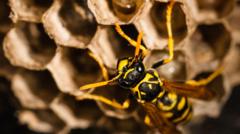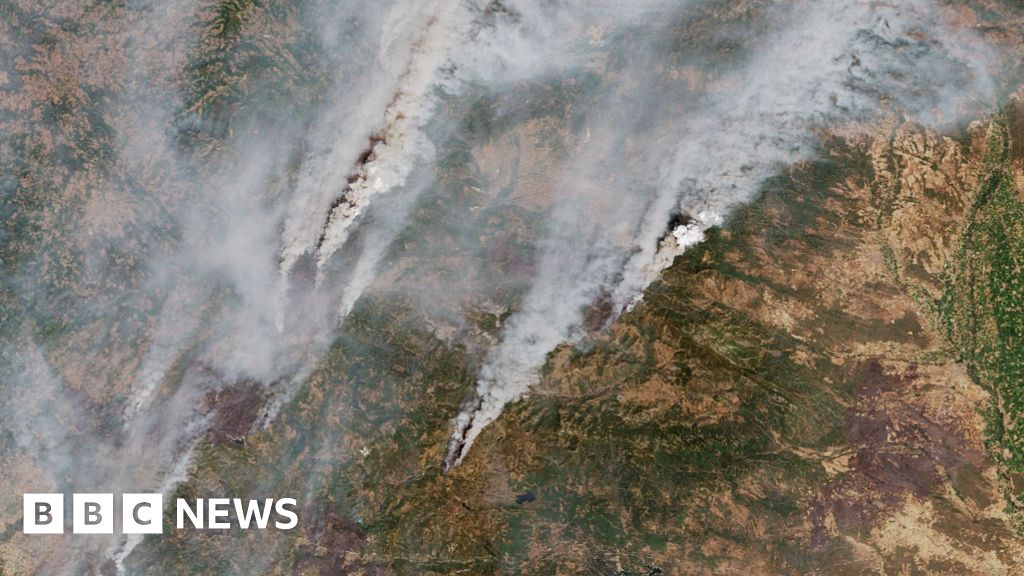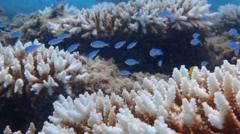A radioactive wasp nest, exhibiting radiation levels ten times greater than federally permitted, has been identified at the Savannah River Site (SRS), a facility with a history of nuclear weapons production. The discovery was reported in a Department of Energy (DOE) report released last week. On July 3, workers conducting routine radiation inspections at the site in Aiken, South Carolina, found the nest on a post situated near large quantities of stored liquid nuclear waste.
Federal investigators swiftly stated that the contamination does not stem from any nuclear waste leakage and that there has been no reported impact on environmental or public safety. The Department of Energy confirmed that the wasps, which were promptly exterminated and the nest subsequently removed as radiological waste, posed no threat to the surrounding area.
The high radiation levels are linked to "onsite legacy radioactive contamination," a result of operations during the Cold War era when the site was heavily involved in the production of plutonium for nuclear warheads. Although the site continues its operations, it now primarily supports nuclear power applications.
Crucially, the report highlights that the wasps themselves had significantly lower radiation levels and typically only traverse a few hundred feet from their nests, implying a minimal risk of exposure to surrounding areas. Investigators confirmed that no contamination had been detected beyond the nest.
Nevertheless, the Savannah River Site Watch, an oversight group monitoring the facility, expressed frustration with the situation's management. Spokesman Tom Clements voiced concerns about the origins of the radioactive materials and potential leaks from the waste tanks, emphasizing the need for transparency and accountability.
The Savannah River Site has been a significant hub of nuclear waste management, generating over 165 million gallons of radioactive waste in its operation history. Of the underground tanks utilized, 43 remain active, with eight having seen closure to date.





















